La Rioja
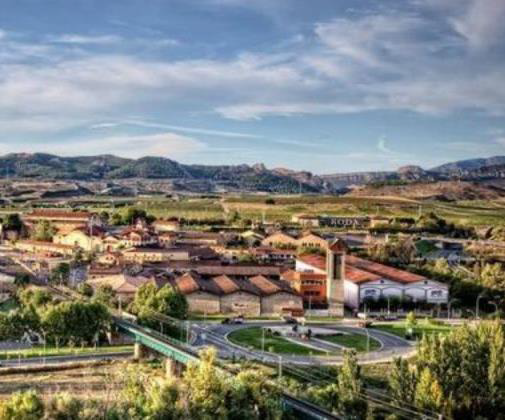
Rioja Alta
It is said that the wine supply in Rioja Alta is one of the richest of Spain and probably the world.
Each town has its own wine tourism offer, from the smallest village to the capital of La Rioja Alta, Haro, with its famous Station Quarter.
In the late 19th century, wineries were built close to the railway station. Today they are among the great names of Rioja wine, universal references. Walking through this area is like walking through history.
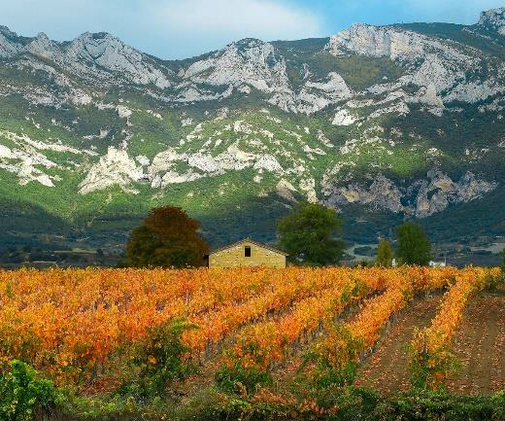
Rioja Alavesa
Rioja Alavesa is situated between the Ebro River and the Cantabria Mountains, giving this region a privileged microclimate for vine cultivation.
The most amazing thing is the mix between the traditional production processes with new technologies; you will be able to sample everything from vintages aged in medieval caves through wines produced in the most avant-garde installations.
St James Way: The French way, from Sarria to Santiago
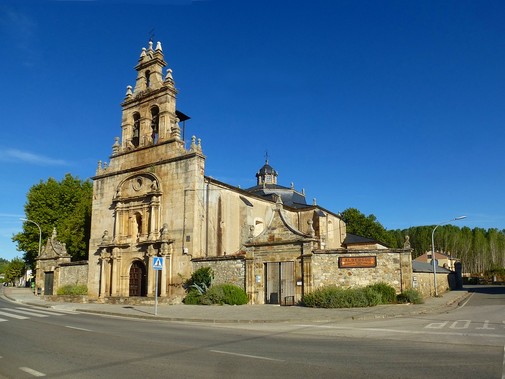
The Way of St. James (also known as “Jacobean Route”) was proclaimed the first European Cultural Itinerary by the Council of Europe in 1987. This route was also named one of UNESCO’s World Heritage Sites.
The French Way is the route par excellence, the most well-known, prepared and beaten track.
It begins in Roncesvalles (Navarra) and finishes in the Spanish city Santiago de Compostela (Galicia), covering a distance of 750 km.
Even if this is the most famous itinerary, the Jacobean Route includes other ways, such as “The Levante Way”, “The Cantabrian Way”, “The Asturian Way”, “The Silver Route” and “The Portuguese Way”.
Pilgrims will begin walking through the north of Spain, no without some difficulties, to reach the end of the medieval world, as they called Galician lands in that period. The classic itinerary from the 12th Century, which would become the route known as “The French Way”, is described as the very first guide, the “Codex Calixtinus”.
The Way has got big economic importance. People circulation encourages craftsmen and merchants, mostly foreigners, to settle in different places along the track and this is how the hamlets were established. Kings, for their part, granted privileges to favour their development. The itinerary through Spain didn’t undergo many modifications regarding its route. Except for a few areas, it follows the marked, consolidated track from the Middle Ages. What we have to take into account in the Jacobean history is how, in 14th and 15th Centuries, a setback of pilgrimage was experienced.
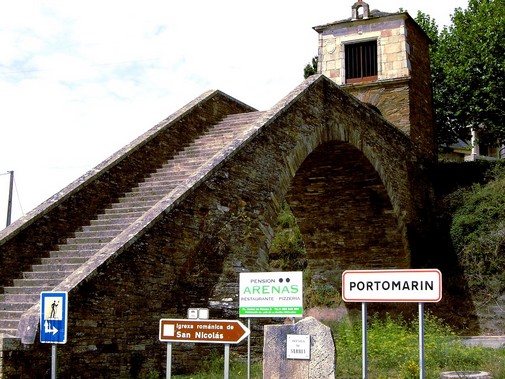
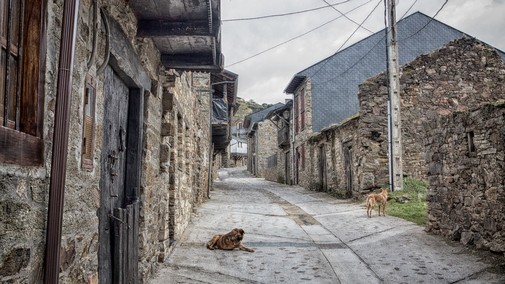
Nowadays, The Way is at its peak. The Council of Europe in 1987 declared The Way of St. James European Cultural Itinerary, noting the significant value of pilgrimage in the formation of a civilization common to every European nation. UNESCO recognizes it as World Heritage in its routes through Spain (1993) and France (1998) and, in 2004, Prince of Asturias Foundation gave it the “Prince of Asturias Concord Award”.The Way of St. James (also known as “Jacobean Route”) was proclaimed the first European Cultural Itinerary by the Council of Europe in 1987. This route was also named one of UNESCO’s World Heritage Sites.